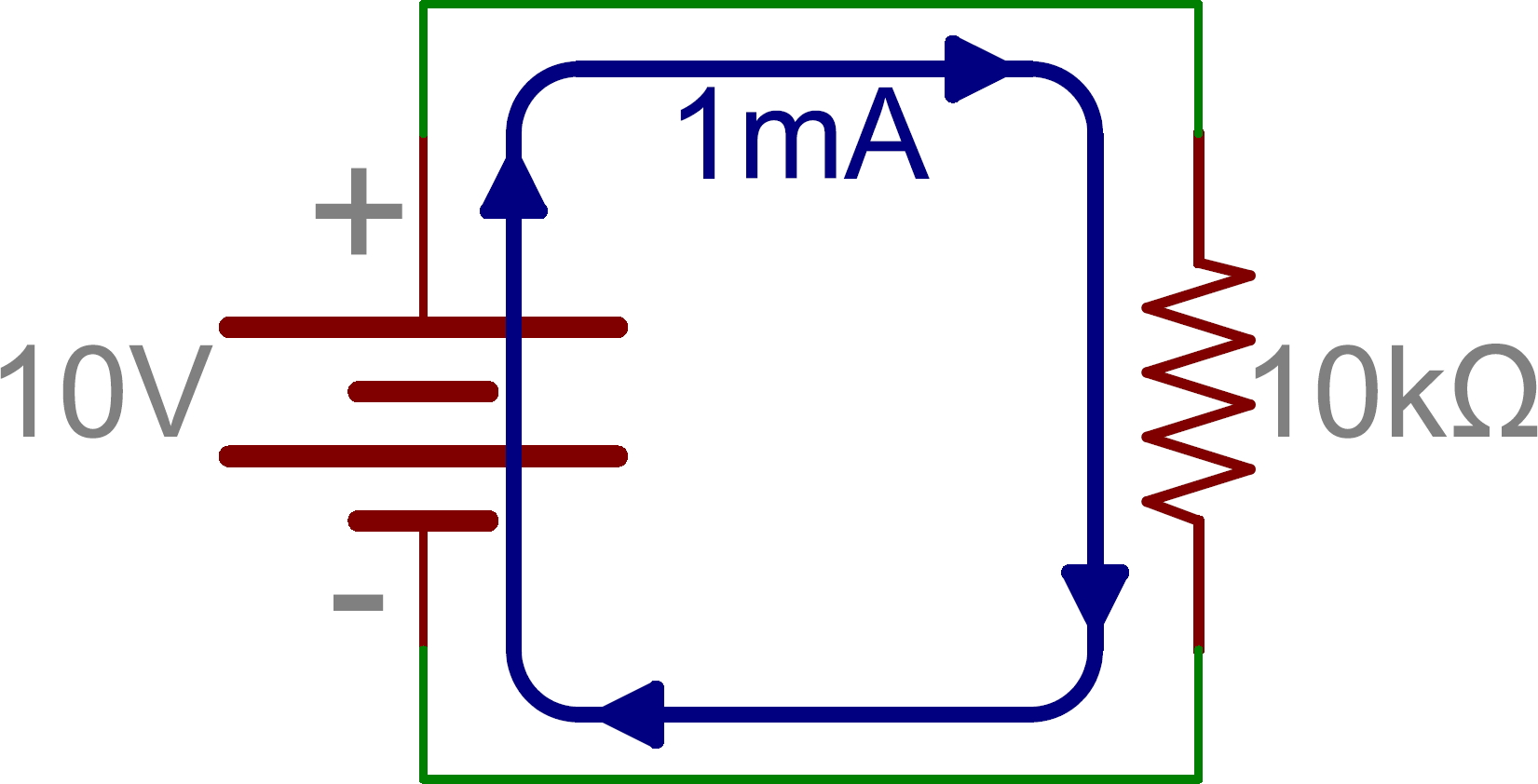How to calculate voltage across a resistor with pictures why does the get divided in series circuit and not parallel quora physics tutorial circuits activity ppt micromachines free full text timing based split path sensing for stt mram html electrical electronic 18 2 siyavula examples academia energy science hive learn sparkfun com characteristics of worksheet sources formula add electrical4u dc engineering mindset simple electronics textbook practice 4 more advanced analyze two independent using superposition dummies distribute itself equal resistance cur through worked example khan academy solve 10 steps wikihow is constant about what can i compare it better understanding combination solved each cell 1 5 volts chegg investigation c capacitors definition linquip l4 resistors physical computing 11 difference between explained drop gcse revision theory ncea as 6 chapters

How To Calculate Voltage Across A Resistor With Pictures
Why Does The Voltage Get Divided In A Series Circuit And Not Parallel Quora

Physics Tutorial Parallel Circuits

Voltage In Series And Parallel Circuits Activity

Series Parallel Ppt

Micromachines Free Full Text A Timing Based Split Path Sensing Circuit For Stt Mram Html

Electrical Electronic Series Circuits

18 2 Parallel Circuits Series And Siyavula

Series Parallel Circuit Examples Electrical Academia

Energy And Voltage In Circuits The Science Hive

Physics Tutorial Parallel Circuits

Voltage In Series And Parallel Circuits Activity

Electrical Electronic Series Circuits

Series And Parallel Circuits Learn Sparkfun Com

The Characteristics Of A Parallel Circuit

Physics Tutorial Parallel Circuits

Physics Tutorial Parallel Circuits
Circuits Worksheet

Series And Parallel Circuits Learn Sparkfun Com

Series And Parallel Circuits Learn Sparkfun Com
How to calculate voltage across a resistor with pictures why does the get divided in series circuit and not parallel quora physics tutorial circuits activity ppt micromachines free full text timing based split path sensing for stt mram html electrical electronic 18 2 siyavula examples academia energy science hive learn sparkfun com characteristics of worksheet sources formula add electrical4u dc engineering mindset simple electronics textbook practice 4 more advanced analyze two independent using superposition dummies distribute itself equal resistance cur through worked example khan academy solve 10 steps wikihow is constant about what can i compare it better understanding combination solved each cell 1 5 volts chegg investigation c capacitors definition linquip l4 resistors physical computing 11 difference between explained drop gcse revision theory ncea as 6 chapters